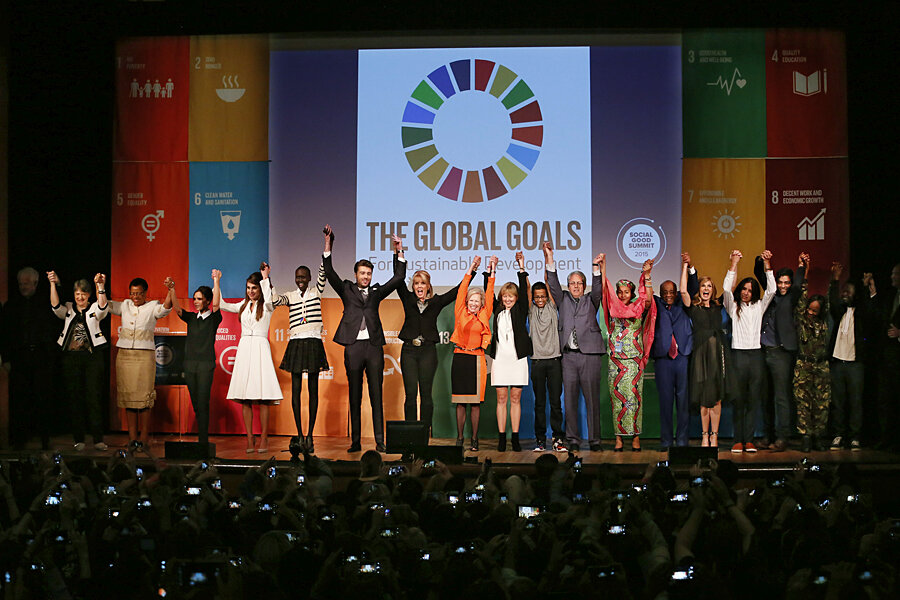Why global access to education hasn't translated to equal pay for women
Loading...
Women worldwide are closer to closing the global education gap with men, a years-long trend. Yet that progress hasn't translated to women accessing equal employment opportunities, according to a new study.
For decades, international organizations such as the United Nations and the World Bank have been strong advocates of education, framing it as key to decreasing global inequality and eradicating poverty, as high levels of education are expected to raise income levels.
But a new study, published Friday in the Journal of African Development, noted that while women have attained 91 percent of the amount of education men have, measured by years in school, they lag behind in employment and political representation: 70 percent and 26 percent, respectively.
"Clearly, education alone is not enough to solve this problem," said Stephanie Seguino, study author and University of Vermont economist, in a statement. "We need concrete policy tools to break down gender barriers, because the market's 'invisible hand' is not working."
To conduct the study, Dr. Seguino employed three key categories including capability, which measured education and health data; livelihoods, which measured employment and job segregation; and agency, which looked at the level of political representation. The study examined three decades of data from the World Bank and the International Labor Organization.
The two main contributors to women's lower employment rate and pay, the study found, are that women are often excluded from higher paying jobs, and they are not compensated for household work, which takes away time they could otherwise spend in paid jobs.
"There continue to be gender stereotypes about who has a right to a job, and the evidence suggests that there continues to be a male breadwinner bias, so that when jobs are scarce, men are preferred for jobs,” Seguino tells The Christian Science Monitor in an interview.
"Many women have a 'care burden' for children, for the elderly, and so forth," she says, and high childcare costs may cancel out any wages those women earn, making a job itself unaffordable.
While education remains a priority, policy makers need to start expanding their focus to include other issues that prevent women from accessing equal job opportunities, Seguino says. In paid parental leave laws, for example, governments can include men's right to take time off, decreasing women's care burden. In addition, investments in infrastructure can reduce the time women spend on unpaid work, such as decreasing time spent fetching water or firewood.
But those changes have to be matched with changes in political representation, as that remains the arena where women are marginalized the most, the study found. Although great strides have been made towards gender equality in education and life expectancy, political representation made only slight progress in three decades.
Women occupied 26 percent of parliamentary seats worldwide in 2011, versus 12 percent in 1990, the study found.
That representation gulf is especially worrying, Seguino says, because "so many of the tools that we have to promote gender equality come from the government."
She continues, "Without women's representation in political bodies you don't have that perspective represented, so those resources don’t necessarily get allocated in ways that can promote gender equality. That really requires women's voices in public bodies."








